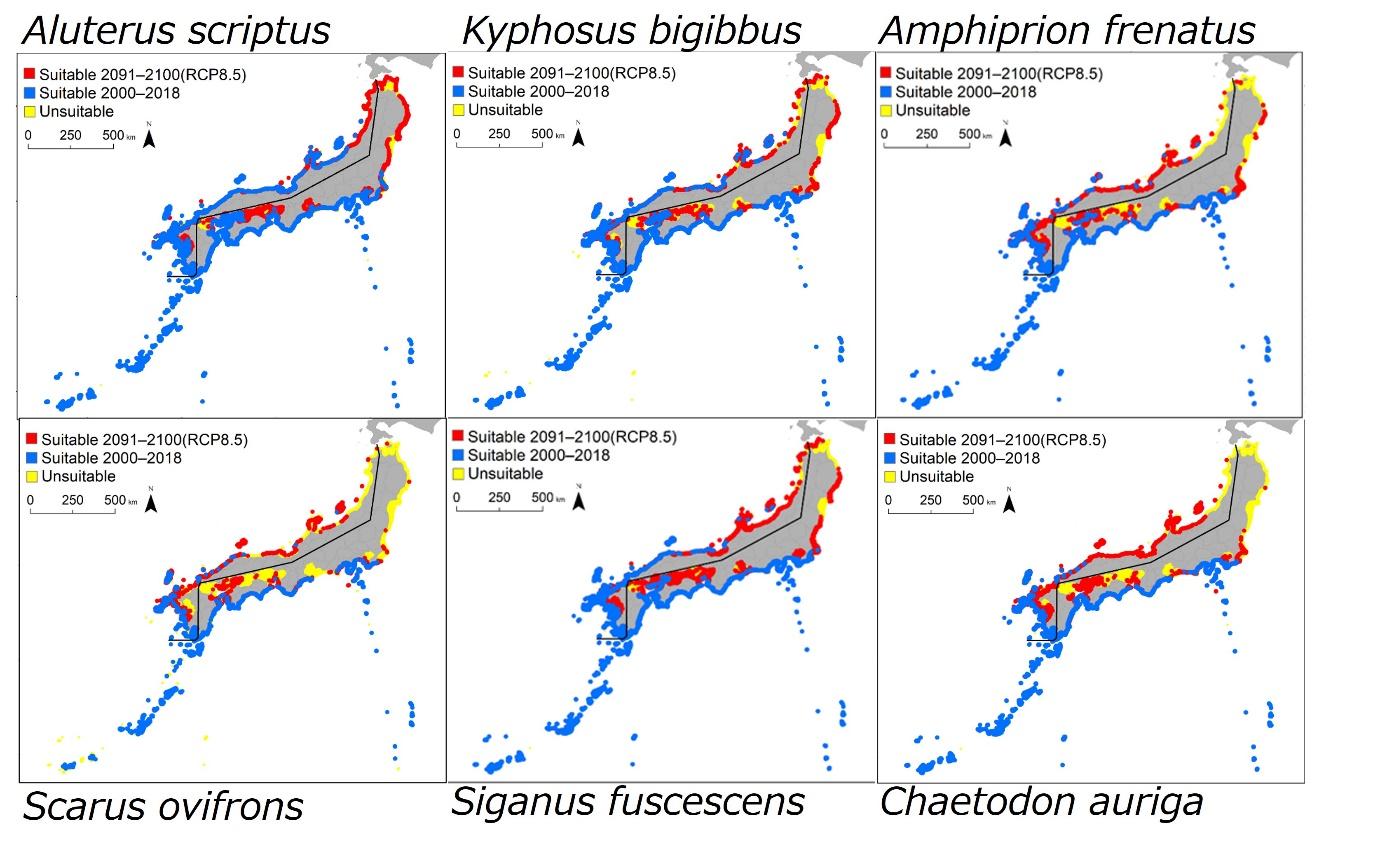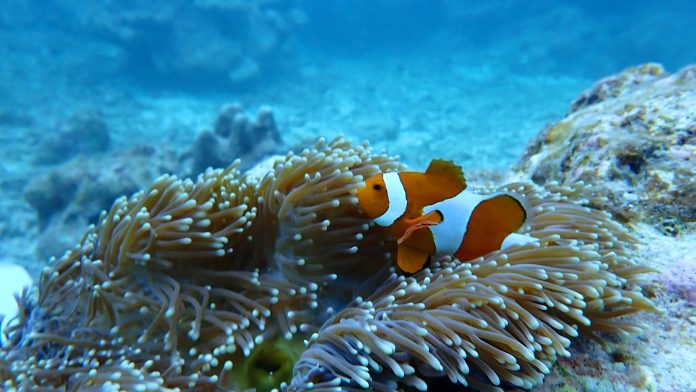A research team from Hokkaido University has developed a model that can predict the tropical fish migration patterns of six different species, as sea temperatures rise.
A new study forecasts how global climate change will impact the migration patterns of tropical fish species in Japan. The research, published in the journal Frontiers in Built Environment, predicts that six tropical fish species will expand North, into temperate regions of the Japanese coast as sea temperatures rise.
How is climate change impacting tropical fish migration patterns?
Climate change is causing temperate coastal waters to get warmer, impacting the abundance, distribution, and types of marine species that live there. In Japan, water temperature in coastal regions has risen by 1.16°C over the last century, which is twice the global average of 0.56°C.
Furthermore, tropicalisation, which is the increase in species originating from tropical waters, will impact humans in numerous ways. For example, rising numbers of toxic harmful species can be detrimental for fisheries and leisure, increasing the risk of food poisoning or injuries when swimming.
Additionally, increases in herbivorous fish can lead to loss of seagrass and seaweed beds, reducing carbon uptake. On the other hand, rising numbers of tropical reef fish can attract tourism and provide opportunities for the aquarium fish trade and environmental education.
“Our current knowledge of how marine ecosystems in Asia will respond to climate change is limited, especially for coastal fish species,” explained Kenji Sudo, marine ecologist at Hokkaido University. “We developed a model to investigate how tropical fish in Japan might respond to changing environmental conditions.”
How was data collected during this study?
The Hokkaido researchers selected six tropical fish species from the 4,500 species of fish that inhabit Japanese waters. They chose species that represent a range of different impacts on humans and have well-documented numbers.
For this experiment, researchers studied two toxic harmful fish (Aluterus scriptus and Scarus ovifrons), two herbivorous fish (Kyphosus bigibbus and Siganus fuscescens), and two tropical reef fish (Amphiprion frenatus and Chaetodon auriga).

Scientists utilised publicly available distribution data and numerical models to estimate how the six species’ future habitats might change under different climate change scenarios. They examined how different environmental variables, such as minimum sea surface temperature, depth, slope, coral reef area, and seagrass/seabed areas, impact fish species patterns and utilised this information to predict future changes.
What was revealed by employing this model?
They discovered that the minimum sea surface temperature was the most important factor impacting distribution patterns for all species. Depth, slope, and seagrass/seaweed beds were also discovered to be important for certain species.
The model revealed that, under two different carbon emission scenarios, all six tropical species were predicted to expand into the middle to Northern parts of Japan, and by 2090, their habitat range was estimated to expand to around 1.5 times that of 2000-2018 with severe warming.
The expansion is predicted to be highest along the Pacific coast, which is impacted by the warm Kuroshio and Tsushima Currents along the coast of the Sea of Japan. However, the model indicated that habitat range changes could be minimised by stringent mitigation measures.
“The results indicate that many human activities along the Japanese coasts, such as fisheries, leisure use and human health may be greatly affected by changes in tropical fish migration patterns without proper mitigation measures against climate change,” concluded Masahiko Fujii, co-author, and Associate Professor at the Faculty of Environmental Earth Science, Hokkaido University.
Thus, this study suggests that ambitious commitment to reducing greenhouse gas emissions could prevent future tropicalisation. The model could be used by local decision makers to plan suitable climate adaption programs.
To keep up to date with our content, subscribe for updates on our digital publication and newsletter.









